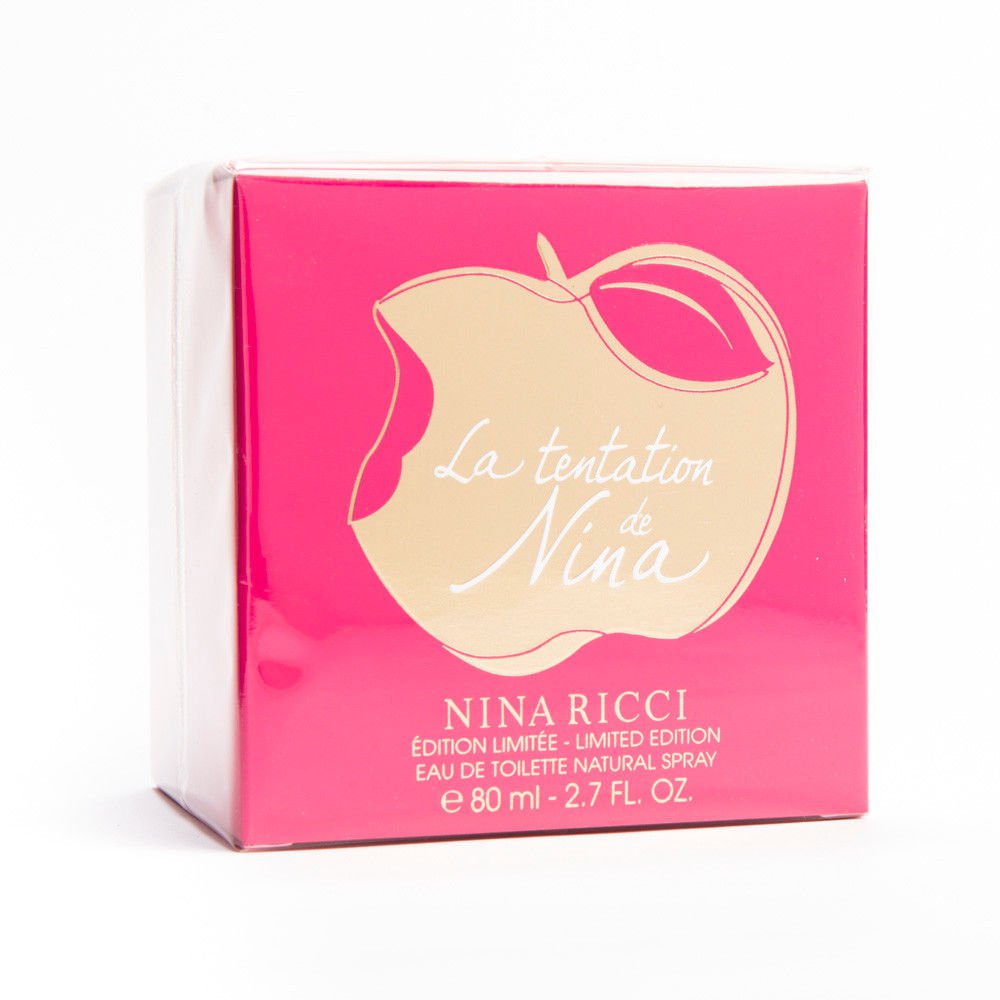

“It’s hard to explain,” she says, “but I fell in love with myself all over again.” She grows teary as she recalls her early days scraping together a career back in Medellín, Colombia. She was impressed by how fearless her younger self was, and that turned out to be exactly what she needed to pull herself out of her funk. Heather Hazzanīut after spending the first two months of the pandemic doing “absolutely nothing,” the 30-year-old did something unusual: She started watching old interviews she gave and listening to old songs she had written. Karol G photographed on July 19, 2021 at 107 Compound in Miami. I became depressed, and it’s a feeling I don’t ever wish on anybody.” “I stopped making music and told my team to take advantage of this song as much as we could because I would probably be a one-hit wonder,” she continues.


Though she’s trying to fly under the radar on this July day, her wavy hair, dyed a mermaid teal, makes her hard to miss. “I was feeling all this pressure because I thought, ‘I will never be able to top ‘Tusa.’ I feel blocked,’ ” she says while sipping a cappuccino at Fi’Lia, a hip brunch spot in Miami’s bustling Brickell neighborhood. And then - well, you can guess what happened next.Īs the COVID-19 pandemic shut down parts of the music business, along with the rest of the world, the artist born Carolina Giraldo Navarro started to worry she had lost momentum. Yes, 2020 was off to a great start for Karol G - she was regularly collaborating with stars both within Latin music (J Balvin, Ozuna, Anuel AA) and well beyond it (Jonas Brothers, Damian Marley), seemingly destined for crossover success and mainstream fame. It was the first Latin song with all women artists to reach a billion streams on Spotify, and it was also the first song with a female lead artist to debut atop Billboard’s Hot Latin Songs chart since 2016. As she rang in the New Year, she was still riding the high of “Tusa,” a triumphant team-up with Nicki Minaj that marked a number of milestones.


 0 kommentar(er)
0 kommentar(er)
